Uppsala University was last week named Europe’s seventh most beautiful university when Times Higher Education listed the ten most beautiful universities in Europe:
- University of Bologna, Italy
- University of Salamanca, Spain
- University of Coimbra, Portugal
- University of Rostock, Germany
- Aarhus University, Denmark
- Gdansk University of Technology, Poland
- Uppsala University, Sweden
- Grenoble Alpes University, France
- Trinity College Dublin, Republic of Ireland
- Lomonosov Moscow State University, Russia
Anyone who has ever been to Uppsala and seen the city for themselves know that Times Higher Education were absolutely right to include Uppsala in their list. However, for those who are still eager to visit Uppsala for the first time and see the UU campus areas for themselves, I thought I would talk a little bit about the different campus areas and university buildings that make Uppsala University one of the most beautiful universities in Europe!
The building Times Higher Education refers to the most in their ranking is the university’s main building, which was inaugurated in 1887 and was built in a Romanesque Renaissance style (with many columns, statues and a whole lotta marble). In the middle of the building is the grand auditorium, which seats about 1800 people (on notoriously uncomfortable chairs, bring a pillow to sit on for longer events). The university building is still, despite its magnificent and historic environment, frequently used for lectures, events and academic ceremonies. There is for example the conferring of degrees, when those who received their doctor’s degrees during the past year receive their doctor’s hat or wreath of laurels. The ceremony includes firing cannons (this is done outside without actual cannonballs), Latin and people wearing ball gowns and white ties.

The auditorium of the university main building
Photo: David Naylor
While Uppsala is the home to many historic university buildings, there are also new ones being built to meet the changing needs if the university along with its staff and students. The single newest UU building is the Segerstedt Building, which houses the university management and administration staff. It also houses a Service Centre where students can get help with most of their questions related to being a student in Uppsala. The Segerstedt Building is located in the middle of one of Uppsala’s most historic areas, next to both the Uppsala Castle and the Botanical Gardens. Down the street is the Evolutionary Biology Centre, which also houses the Museum of Evolution.
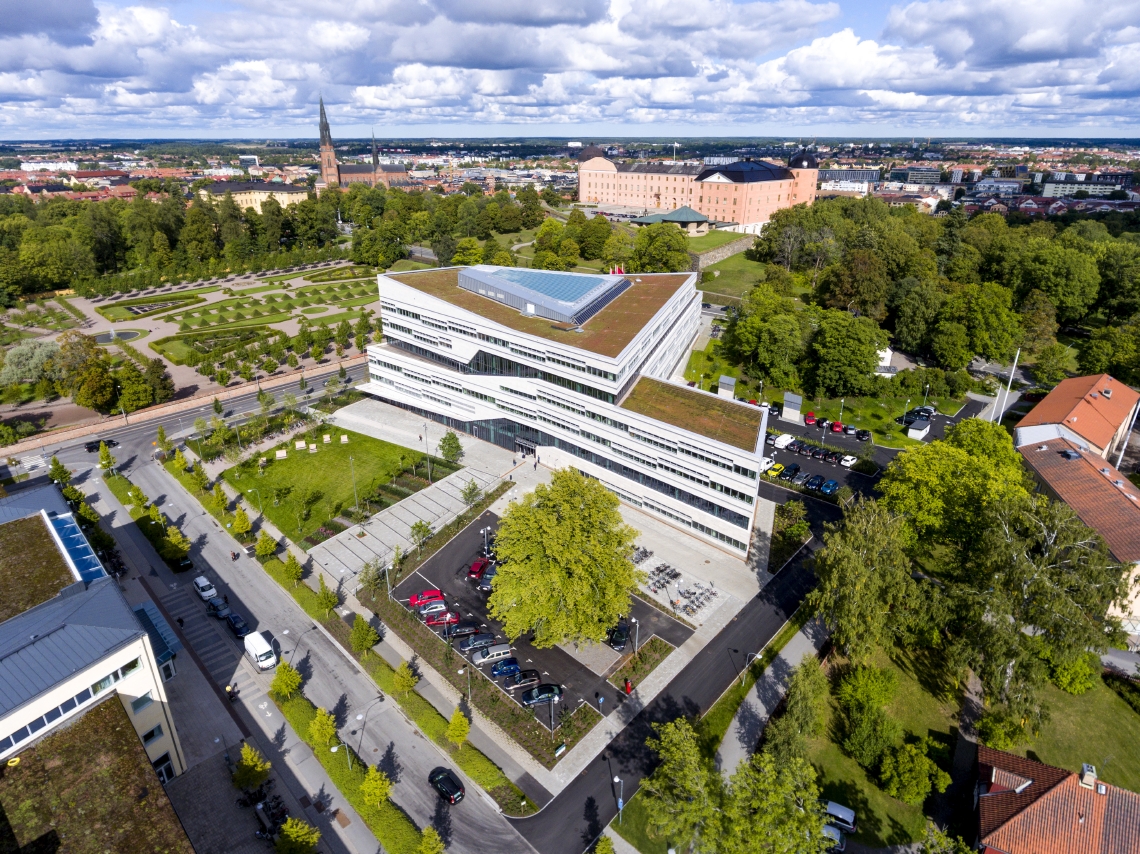
The Segerstedt Building
Photo: Mikael Wallerstedt
Before the university central administration moved to the Segerstedt Building, they were spread out at a number of different addresses in Uppsala, but the university management had their offices in a building popularly known as Skandalhuset, or in English “The Scandalous Building”. It is located across the street from the university main building and got its name because of the scandal that arose in the 1910s when people realized that the newly constructed building was taller that the university main building. This was of course unacceptable, and consequently, Skandalhuset got its name. Since then, quite a few buildings that are higher than the university main building have been constructed, but Skandalhuset remains the most scandalous building in Uppsala, at least when looking at what the building is called.
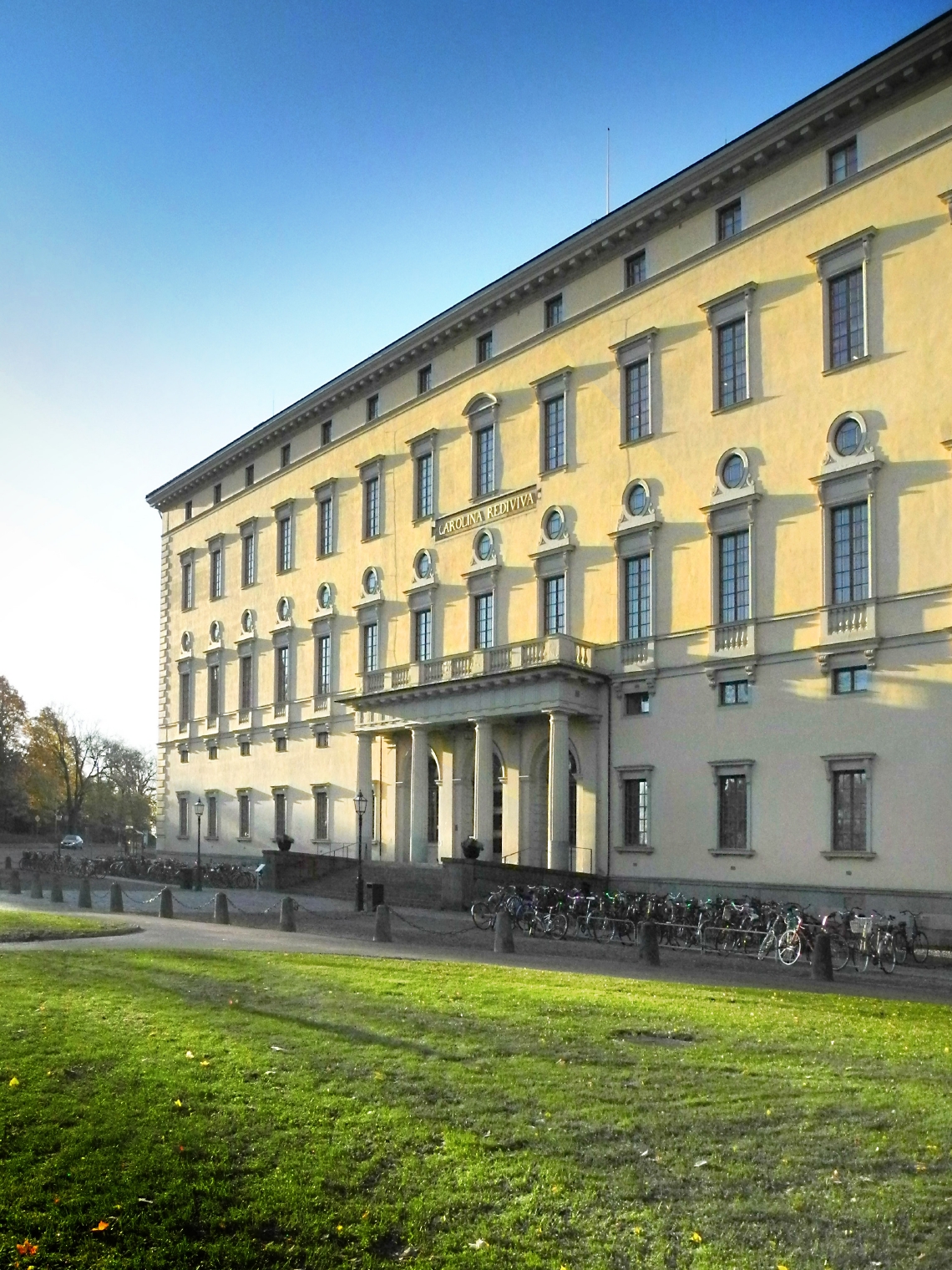
Carolina Rediviva.
Photo: Stewen Quigley
Auditoriums and central administrations are important to have, but what university would be complete without a library? All campus areas at Uppsala University have their own libraries, but the central university library is called Carolina Rediviva and is located at the top of the Carolina hill in the middle of Uppsala. Its construction was completed in 1841 and used to house not only the university library, but also functioned as the university main building until our current one was inaugurated a few decades later. Nowadays Carolina Rediviva is not only the home to thousands of meters of bookshelves, it also houses the university library’s cultural heritage collections. While parts of Carolina Rediviva are being rebuilt until 2019, students are still welcome to sit in the library and study, though it might be a bit noisier than it usually is.
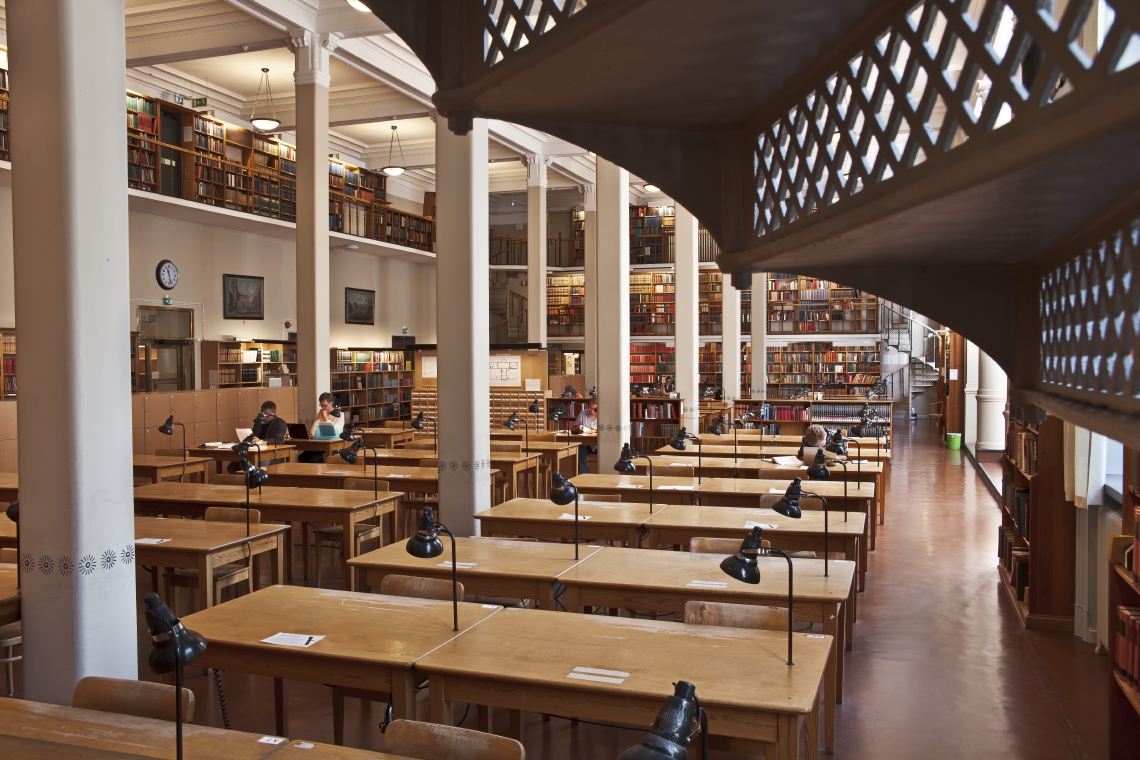
Reading room in Carolina Rediviva
Photo: Magnus Hjalmarsson
These are of course only a few of the Uppsala University buildings that contribute to Uppsala University’s place at Times Higher Education’s list. If you want to explore all of our campus areas, you can do so at the Uppsala University Campus Guide: http://www.uu.se/en/campus/#/
/Cecilia

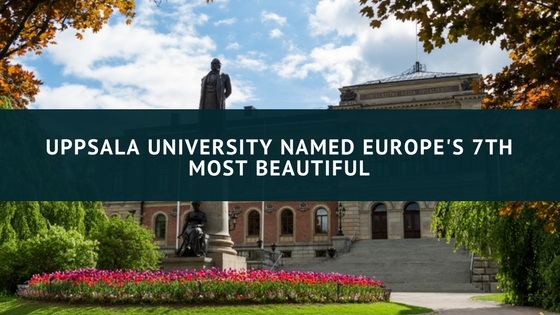
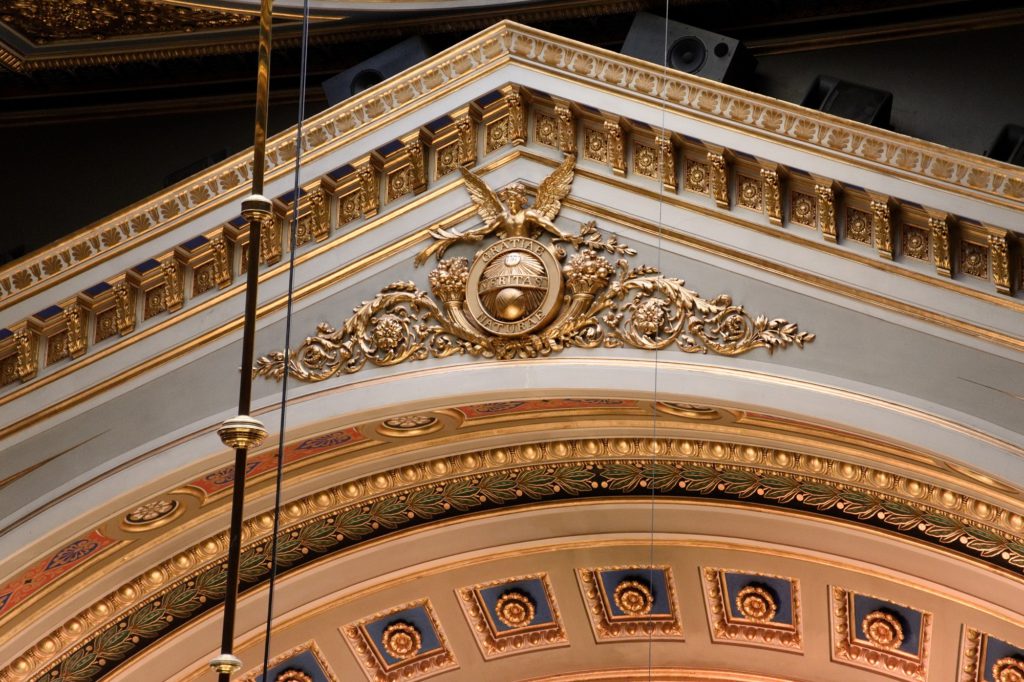
Recent Comments